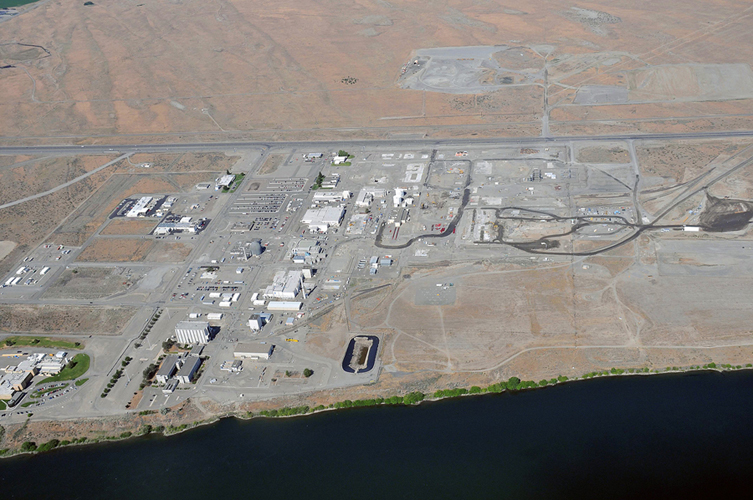Notes on public meeting held at the Seattle University Heights Center on July 31, 2013 by the United States Department of Energy (USDOE) at Hanford to explain planned cleanup of Hanford 300 Area and solicit public comment.
Part 4 of 4
I mentioned that I had worked with the Yakima Indian Nation around 1980 on finding a nuclear contractor to help them monitor the Hanford cleanup and that USDOE were still fumbling around trying to clean up the mess thirty years later. I said that the USDOE at Hanford had been dishonest, incompetent and had repeatedly broken the law. I mentioned the mess with the leaking tanks of waste and the vitrification plant project that had to be halted because of poor design. I pointed out that after all these years they are still not sure of exactly what is buried under Hanford and what other surprises like the rising uranium levels might be waiting for us down the road. I insisted that five years was too long to wait to see if their wonderful solution worked and that the situation needed to be monitored constantly. There were echoes of the Magnuson Park arguments with respect to the safe levels to leave in the soil. I suggested that the USDOE and the EPA should have a chat with the Navy and point out that they didn’t believe that the level the Navy wants to leave at Magnuson Park was safe for human beings. I finally said that I had no confidence in their planning, their execution and their honesty with respect to this cleanup plan.
Representative Gerry Pollet was the last person who had signed up to comment. He went over some of the important issues such as the safe level of radiation after a cleanup. While the Hanford rep insisted that they were working at the one cancer in ten thousand level, Gerry pointed out that their published documents still had the eight cancers in ten thousand level. He said that the state planned to permanently raise the level of Columbia and that there was no mention of the problem of more uranium being released by the higher level. There are rules about having industrial levels closer than two hundred feet from a recreation use riverbank and yet the designated industrial area in the 300 Area was much closer than that. He also took issue with the idea that the only way to control the dust and insure the safety of the workers would be to spay large amounts of water on the ground. He said that there were other ways of controlling dust that would not result in washing more uranium into the soil and he asked why none of them had been mentioned or explored. He also complained that the definition of the industrial area was much too broad and covered parts of the 300 Area that were not eligible. He asked about a consultation with state officials that the Hanford people were not able to provide. He remarked that the EPA had made earlier statements with respect their authority to override USDOE plans at Hanford and that he was disappointed that the EPA had apparently abandoned their position and accepted the USDOE plans. In closing, he insisted that this plan was not well-thought out and that it should be seriously reconsidered and revised before implementation. He lamented the fact that the Washington State Department of Ecology was not participating in the meeting other than as moderator and expressed the hope that the WSDOE would step in and exert their legal authority with respect to the clean up. He also said that the Hanford USDOE plan failed to meet state legal standards as required by Federal law.
I got a real sense of déjà vu all over again as I watched the meeting proceed. Just as at the Magnuson Park meeting, a department of the Federal Government failed to publicize a meeting well, failed to allow adequate time for their presentation and public questions and comments, failed to answer pointed and relevant questions adequately, left important information out of their presentation, failed to explain why they were not following the state and Federal laws with respect to such cleanups and really seemed to be conducting the meeting more to reassure the public that all was well as opposed to sincerely wanting public input to their process.
For more information on 300 Area at Hanford:
Article from Hanford USDOE about 300 Area
Article about Hanford 300 Area from EPA
